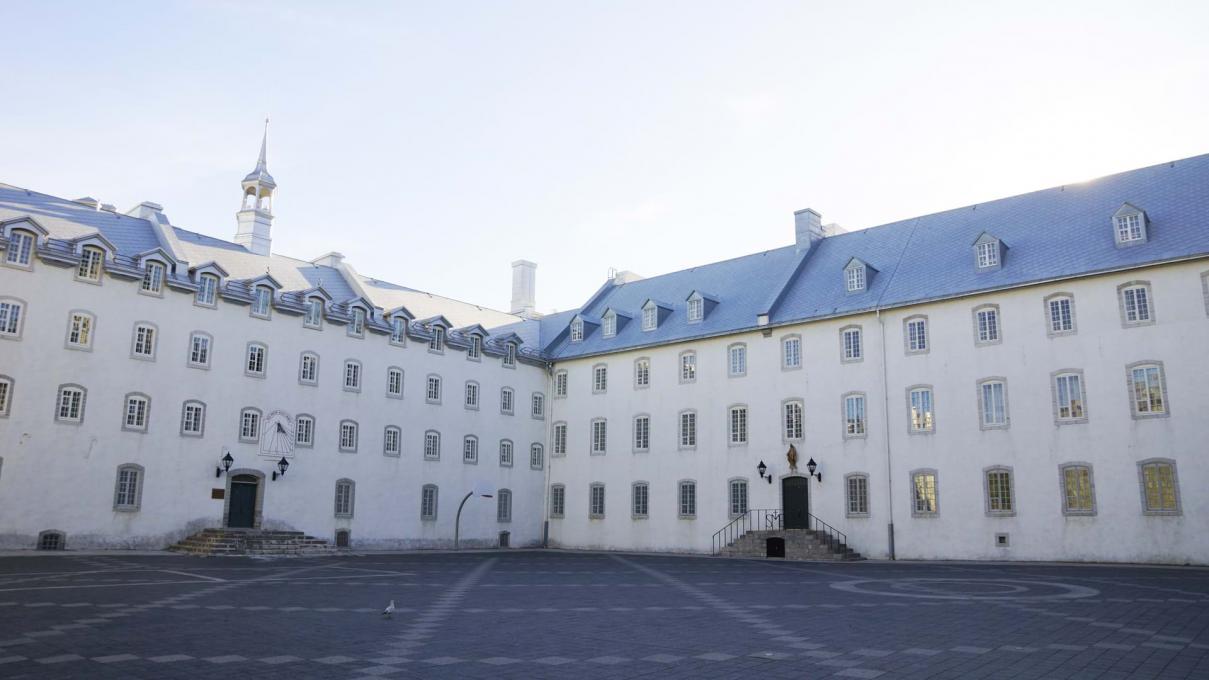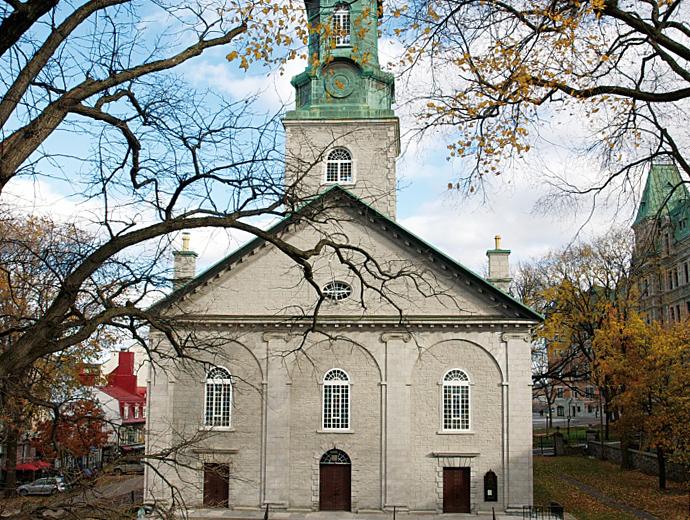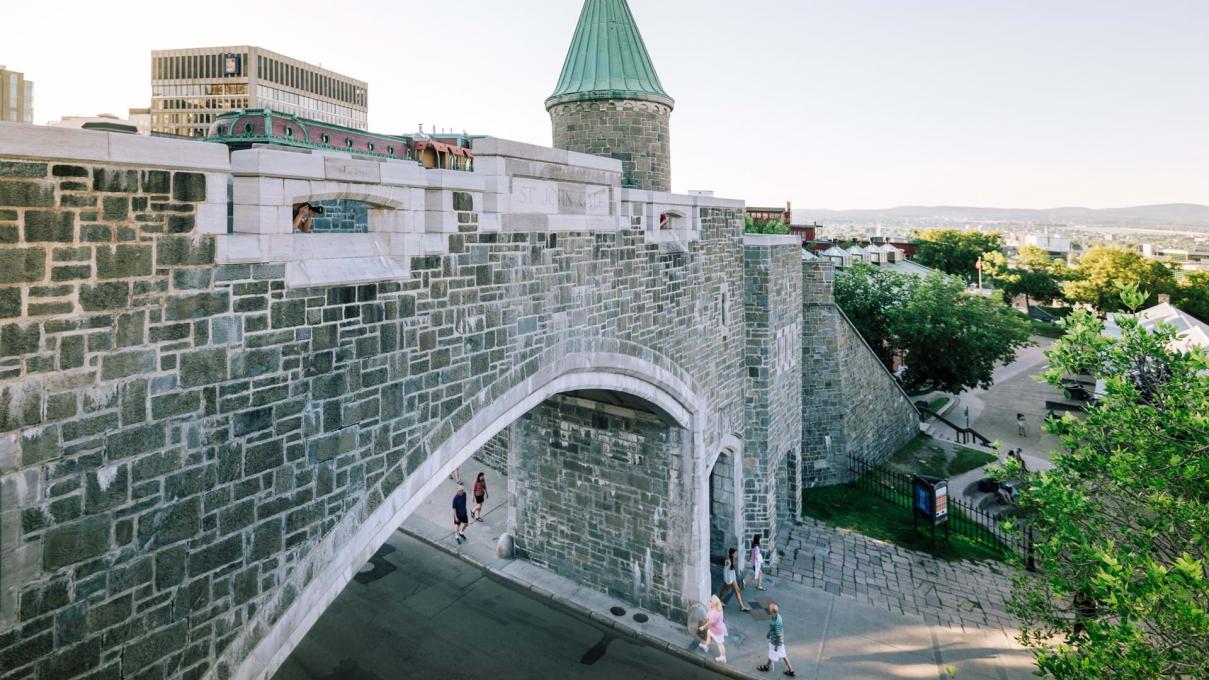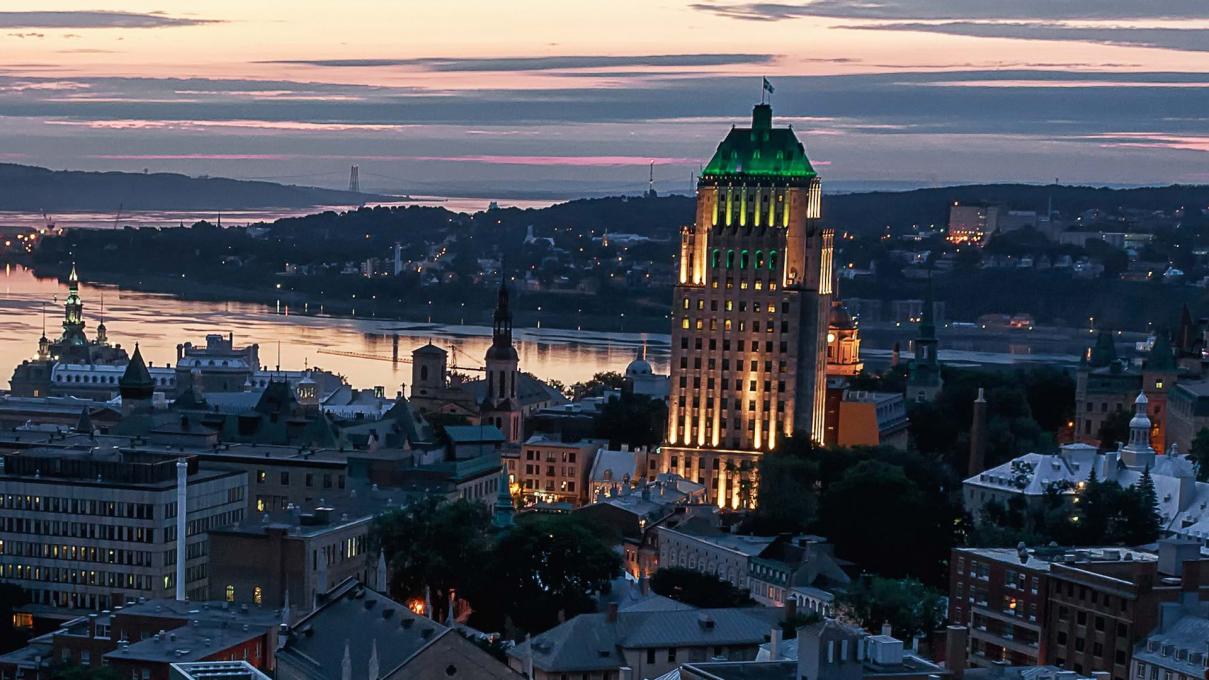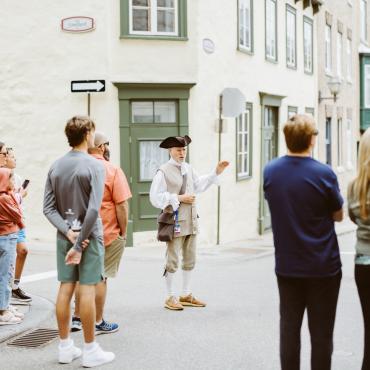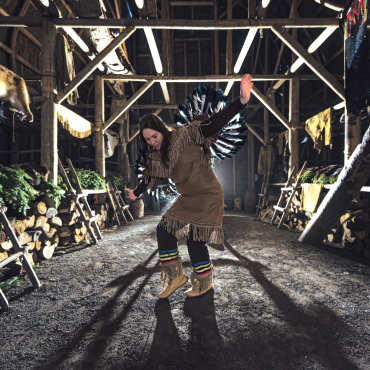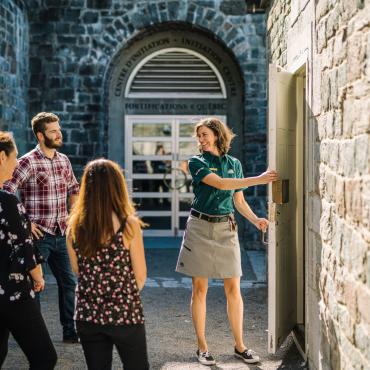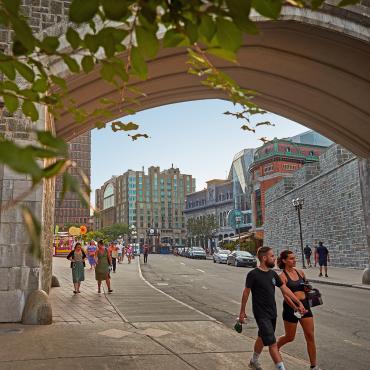What Makes Old Québec’s Architecture So Unique?
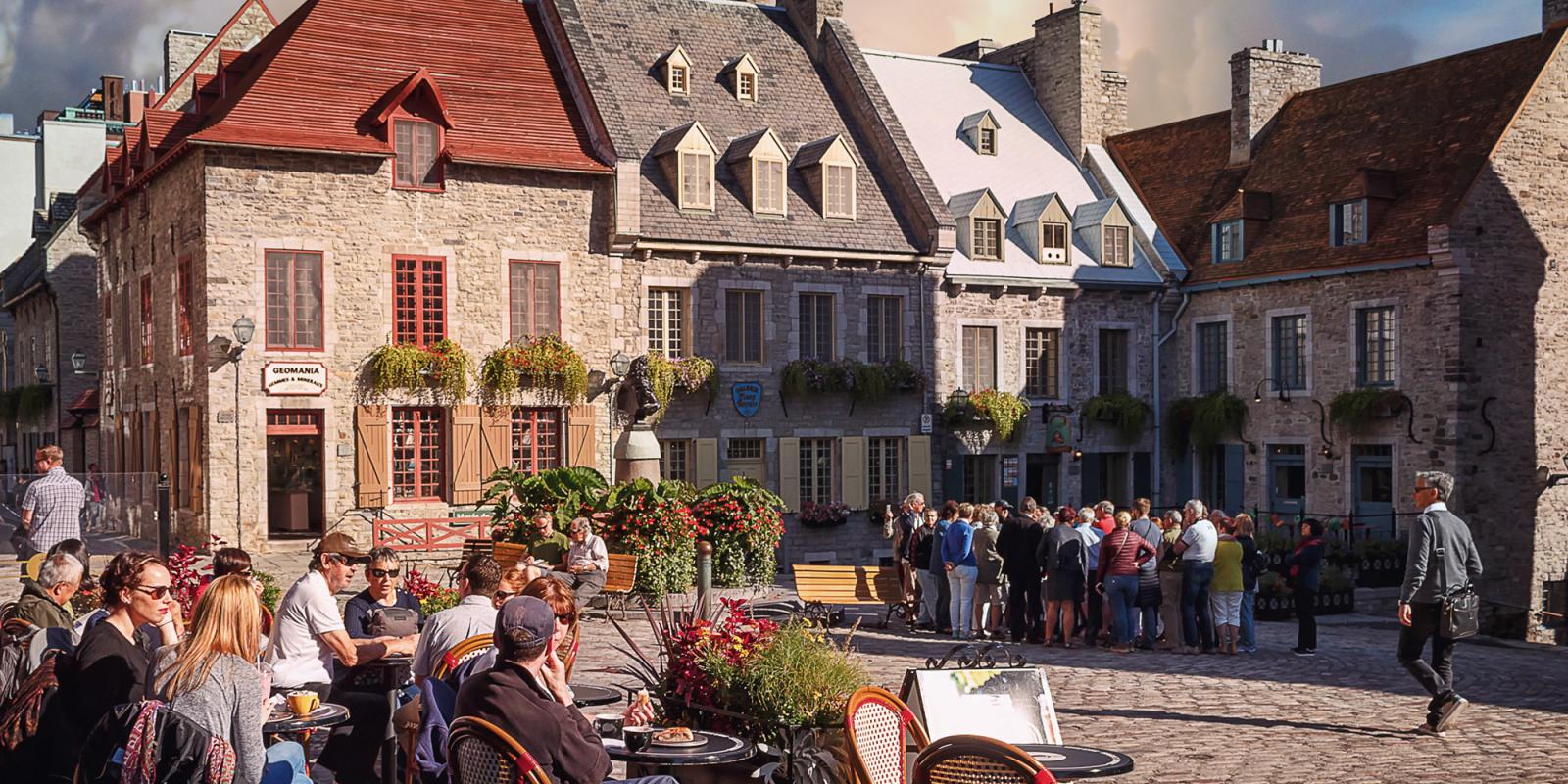
Old Québec’s unique style has made the district something of a legend. But its New France style itself can be hard to pin down. The winding, narrow streets often seem typically European, but the buildings themselves embody successive eras that marked the city’s history and produced a wealth of architectural styles. Here are the main influences, explained through just a few of the landmarks that make Old Québec such a unique North American gem.
New France Architecture and History : the French Influence
 Guy Lessard
Guy Lessard
As the capital of New France, Québec City was home to a number of religious orders that had convents and schools built in the French style. L’aile de la Procure, built between 1678 and 1681 for Québec City’s seminary priests, is a clear example of the French architectural influence. Note the roughcast walls, the pavilion at the far end, and the bell turret that rises above the building.
Just down the street from the Séminaire, you’ll find Maison Simon-Touchet, which shows how the French style was adapted to suit Québec’s harsh climate—and comply with a new ordinance aimed at reducing the number of house fires. Built between 1747 and 1768, it features several elements typical of a Canadian townhome from the period, including the wide chimney stack, sheet‑metal roofing, and wood panelling.
The British Influence
The Cathedral of the Holy Trinity, built between 1800 and 1804 for the new Anglican diocese of Québec, was one of the first public buildings erected by the British in Québec and helped introduce the English Neoclassical style to the colonial capital. As the name suggests, the cathedral is inspired by the architecture of antiquity—note the use of columns, pilasters, and pediments.
The Romantic Influence
We owe part of Old Québec’s European charm to the rise, in the 19th century, of the Romantic movement. Saint‑Louis Gate and Château Frontenac—two of the city’s most iconic landmarks—are both shaped by the Romantic fascination with architectural styles of centuries past. Indeed, Governor General Lord Dufferin had recommended that new gates be built in a neo‑medieval style to preserve and embellish the only fortified city north of Mexico and emphasize the historic and picturesque nature of Old Québec. Built in 1878, Saint‑Louis Gate is a product of that Romantic inspiration. So too is Château Frontenac, whose construction starting in 1892 marked the early shift towards tourism in Old Québec.
The Art Deco Influence
 Emmanuel Coveney
Emmanuel Coveney
Old Québec has also been shaped by modern currents in architecture. The clean lines, stylized ornamentation, and bas relief of the Price Building (const. 1929–1931) are pure Art Deco. The building’s penthouse suite was renovated in 2003 and now serves as the Premier of Québec’s official apartment, giving it a small part to play in Québec’s role as a capital city, which dates all the way back to the 17th century.
UNESCO World Heritage
To preserve the Old Québec’s architectural heritage, the Government of Québec declared it a historic district in 1963. UNESCO seconded the motion in 1985 by adding the district to its list of World Heritage sites.
